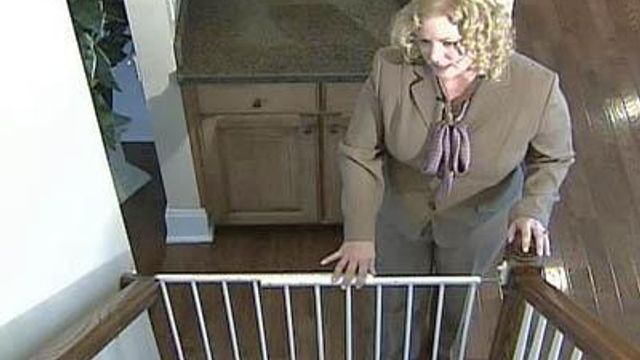Health Team
Learn How to Childproof Your Home
A home should be the safest place for a family, but for little children, there can be many not-so-obvious dangers.
Posted — UpdatedRALEIGH, N.C. — Your home should be the safest place for your family, but for little children, there can be many not-so-obvious dangers.
Kristin Hague, of Raleigh, always thought her home was safe until she had her first baby, Samantha, now 2.
"At 6 months, she was crawling. She was pulling up on furniture. She was pretty much into everything," Hague said. "My husband actually got down on the ground like he was a baby crawling and saw what he could actually get into."
The Hagues found low cabinets and drawers that needed childproof latches. They also covered every empty electrical outlet. WakeMed's Pediatric Emergency Department Director director, Dr. Courtney Mann, said she has seen all the dangers parents miss.
"Today's TVs are a lot heavier, a lot bulkier, a lot larger than the TVs, you know, of 20-30 years ago," Mann said.
Childproofing experts suggest tethering flat-panel televisions to the wall, so a child cannot pull it down. They also suggest keeping upper cabinet doors closed, so that there is nothing children can see to entice them to climb.
Mann said a gate should block every stairway, and it should be anchored into the wall rather than just held in place with springs.
"If they're not put on exactly correctly, (they) can be easily pushed down by a child," Mann said.
Hague tests all of her child's toys to make sure none fit through a toilet paper tube, which is a sign that a toy is a choking hazard.
Mann said all cleaning solutions and medications should be out of reach of children as well as the cords from window blinds. Gas fireplaces also should be screened off so a child cannot touch anything hot.
• Credits
Copyright 2024 by Capitol Broadcasting Company. All rights reserved. This material may not be published, broadcast, rewritten or redistributed.





